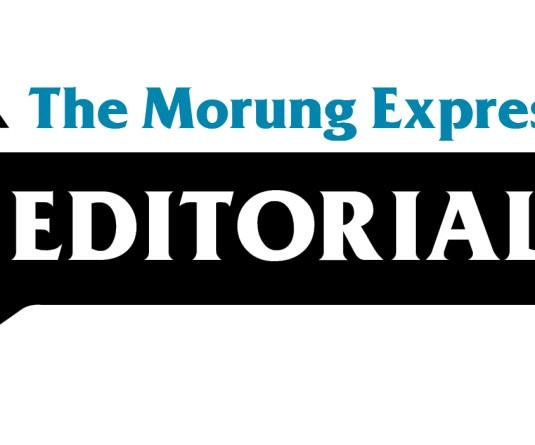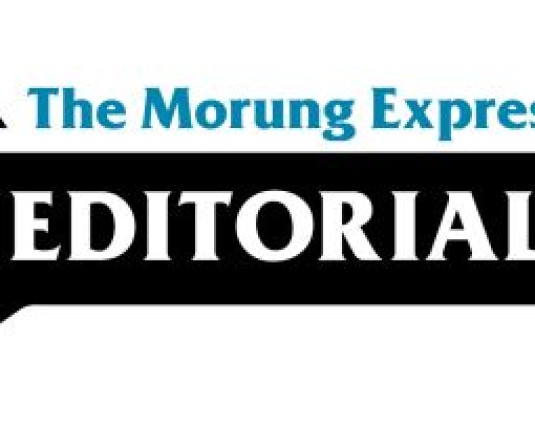
Festival Tourism is fundamentally different from traditional tourism in that it relies on the cultures, traditions, customs, food, and geographical location within a specific context. These characteristics are what make festival tourism unique to a particular place and time, which cannot be replicated.
The compelling nature of Festival Tourism lies in its ability to offer visitors the opportunity to participate in a variety of experiential learning activities over a few days that are culturally rooted. In the process the Festival itself embodies the spirit of cultural communication. First and foremost, Festival Tourism needs to be culturally comprehensive, stimulating, and vibrant. It absolutely relies on the existing basic infrastructure including transportation, water and electricity, communication, security, health care, and traditional tourism, to name a few. Obviously, it depends on the infrastructure and is supported by the existing political, economic, cultural and social structures.
However, expectations of Festival Tourism are not merely altruistic, but include stimulating the economy by generating revenue across many sectors from providing lodging, food and entertainment. Successful Festival Tourism events can mutually benefit the visitors as well as to stimulate local economies.
Nagaland’s branded festival, the Hornbill Festival, has some of the basic natural ingredients required to evolve into a unique form of Festival Tourism. And along with it comes many challenges primarily regarding Nagaland State’s inadequate infrastructure, weak governance systems for planning, prioritizing, and implementing participatory projects. The fundamental challenge is that the host of the Hornbill Festival is the Nagaland State government, which means that a substantial amount of human and financial resources are being diverted to the festival.
The government faces significant challenges in order to assure the Hornbill Festival’s success. Among these challenges are implementing creative independent market operations; allocating resources and decision-making beyond a small familiar circle of people; and public participation remains relatively low in terms of those who receive benefits consistently.
Eventually, even though the Hornbill Festival is an annual event its structure needs to be redesigned to evolve with each passing year. Several approaches could be used to help the Hornbill Festival with its unique cultural experiences evolve more. For example, to ensure that the Nagas are not reduced to a living museum and to prevent commercial interests from steering the direction of the Hornbill Festival, more local communities could be included in the decision-making process providing more insight in local village life by visitors and Nagas alike.
The 2016 festival season is facing new challenges with the current national monetary transitional crisis as well as the fact that Nagaland State is plunging into greater financial debt and dependency. Even this year, as Nagaland State Government hosts the Hornbill Festival, the fact remains that many state employees, such as teachers, have not received their month salary for months. Under these conditions Nagaland needs to ask itself, whether hosting the Hornbill Festival is a financially viable option, or more importantly whether the Hornbill Festival is more important that the welfare of its own people.





